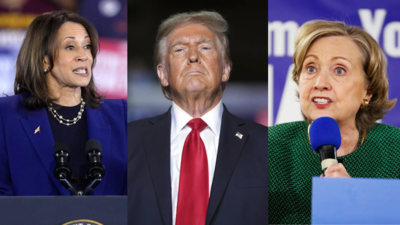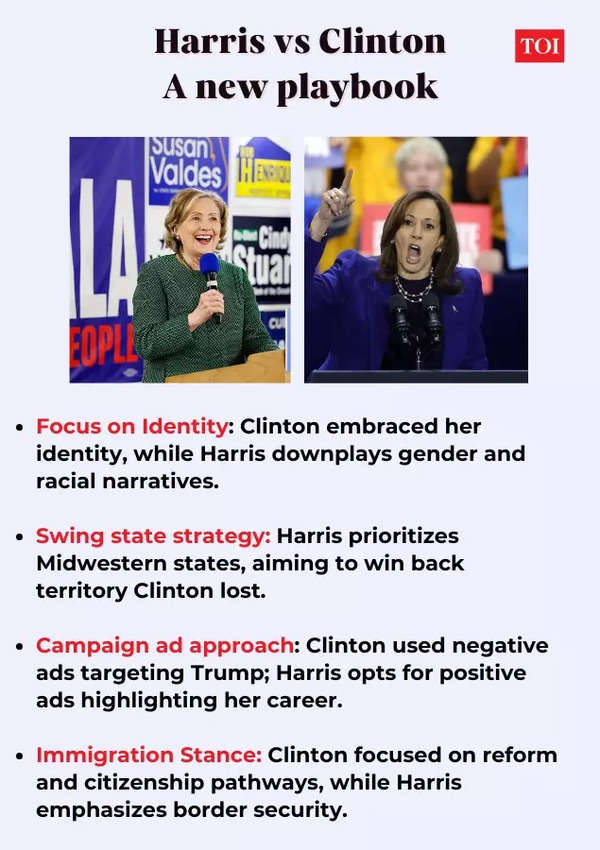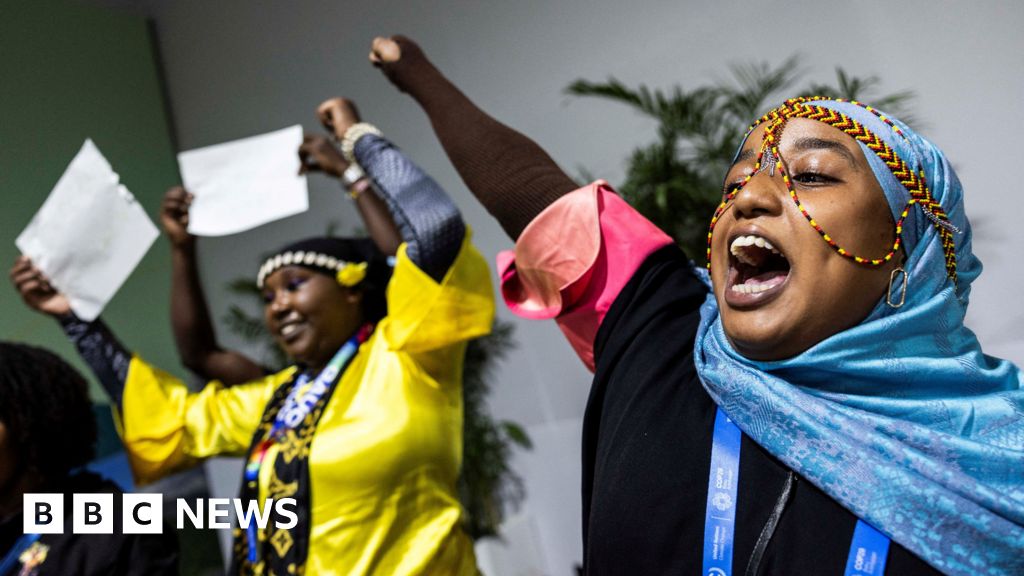
When vice president Kamala Harris stepped into the
US Presidential race
after President Joe Biden dropped out, she embarked on a campaign that looks starkly different from the one Hillary Clinton ran against Former President Donald Trump in 2016. Both women have faced a challenging Republican opponent in Trump, yet Harris has chosen a different approach— staying away from Clinton's “break the glass ceiling” narrative and leaning into issues that resonate beyond gender.
Gender politics and shaping campaign
In her historic run as the Democratic Presidential candidate in 2016, Hilary Clinton often highlighted the significance of breaking the "highest and hardest glass ceiling," bringing the conversation of gender equality into the center of her campaign. Kamala Harris, however, has avoided focusing on gender or her racial identity for that matter, not mentioning it even once during her nomination acceptance speech.
Despite the symbolic weight of potentially becoming the first female and Asian-American President, Harris has opted for a strategy that underplays gender, believing that American voters may respond better to her track record than to the narrative of a historic “first”, drawing inspiration from the Obama campaign.
Instead, she has placed her sights on Midwestern states like Wisconsin—territory Clinton lost in 2016 after skipping a final visit. Harris has majorly focussed on policies and decisions during her campaign.
She hasn’t left her identity, after all
While Harris doesn’t explicitly use her identity for campaign, her supporters amplify it for her. Grassroots groups, coalition and influential fraternities, have propelled her campaign’s message through digital gatherings and events.
Her allies, including her vice presidential candidate continually highlight the historic nature of her candidacy, but Harris has stayed away from it, betting that voters care more about her qualifications than about her breaking new ground as a candidate.

Campaign ads on record over attack
A stark contrast lies in Harris’ advertising strategy compared to Hilary Clinton’s. Hilary launched waves of negative ads attacking Trump, especially in the campaign’s closing weeks, highlighting his divisive rhetoric and indecent comments. Harris, however, has opted for a more balanced approach.
Her ads feature her work as an attorney general, the implications of Roe v. Wade being overturned, her summer job at McDonald’s, and her battles against powerful corporations, painting a picture of her experience and work with only a limited number of ads attacking Trump.
Responding to personal attacks with silence or humor
‘Turned black’, ‘childless catlady’, ‘Slept her way to the top’, Kamala has had to face many personal attacks similar to what Hilary had to face back in 2016. Yet her response has been far more restrained. While Clinton took Trump’s attacks head-on, Harris has chosen to either ignore or deflect, often with humor.
When Harris was asked to respond to Trump's racial attack in a CNN interview, Harris shook her head and said, "Same old, tired playbook," ignoring it with "Next question, please” in a restrained response.
Changed stance on immigration
One of the most critical issues this election cycle, immigration is where Harris’s strategy diverges most notably from Clinton’s. Republicans have mounted criticism against the Biden administration’s approach to the border, which Harris has had to contend with directly. In response, she has pledged to tighten asylum restrictions and increase border security, a position that distances her from both Biden and her previous stance as a senator. Hilary Clinton, by contrast, advocated for a pathway to citizenship, an Office of Immigrant Affairs, and increased resources for asylum seekers and immigration attorneys, positioning herself as an immigration reformist.
Harris’s pivot on immigration reflects a campaign adapting to the political reality that immigration is a divisive and high-stakes issue for many voters. Instead of framing it as a reform-based policy, she has taken a security-first approach, with an emphasis on reducing illegal crossings and expediting asylum cases.
While Trump was able to defeat the last woman he faced in an election, Hillary Clinton, much has changed since then. He has been found liable in a sexual abuse trial, and the Supreme Court's overturning of Roe v Wade has heightened public scrutiny of his policies and appointments. But polls show that the race is still very close, with Trump’s popularity only growing.
With just days to go until the US election, the race remains tight between Harris and Trump, both nationally and in crucial battleground states. Harris is betting that this new approach—one rooted less in ‘breaking the glass ceiling’ and more in pragmatic policy change—might finally yield a different outcome in an election against Donald Trump.

 2 weeks ago
5
2 weeks ago
5









 English (US) ·
English (US) ·